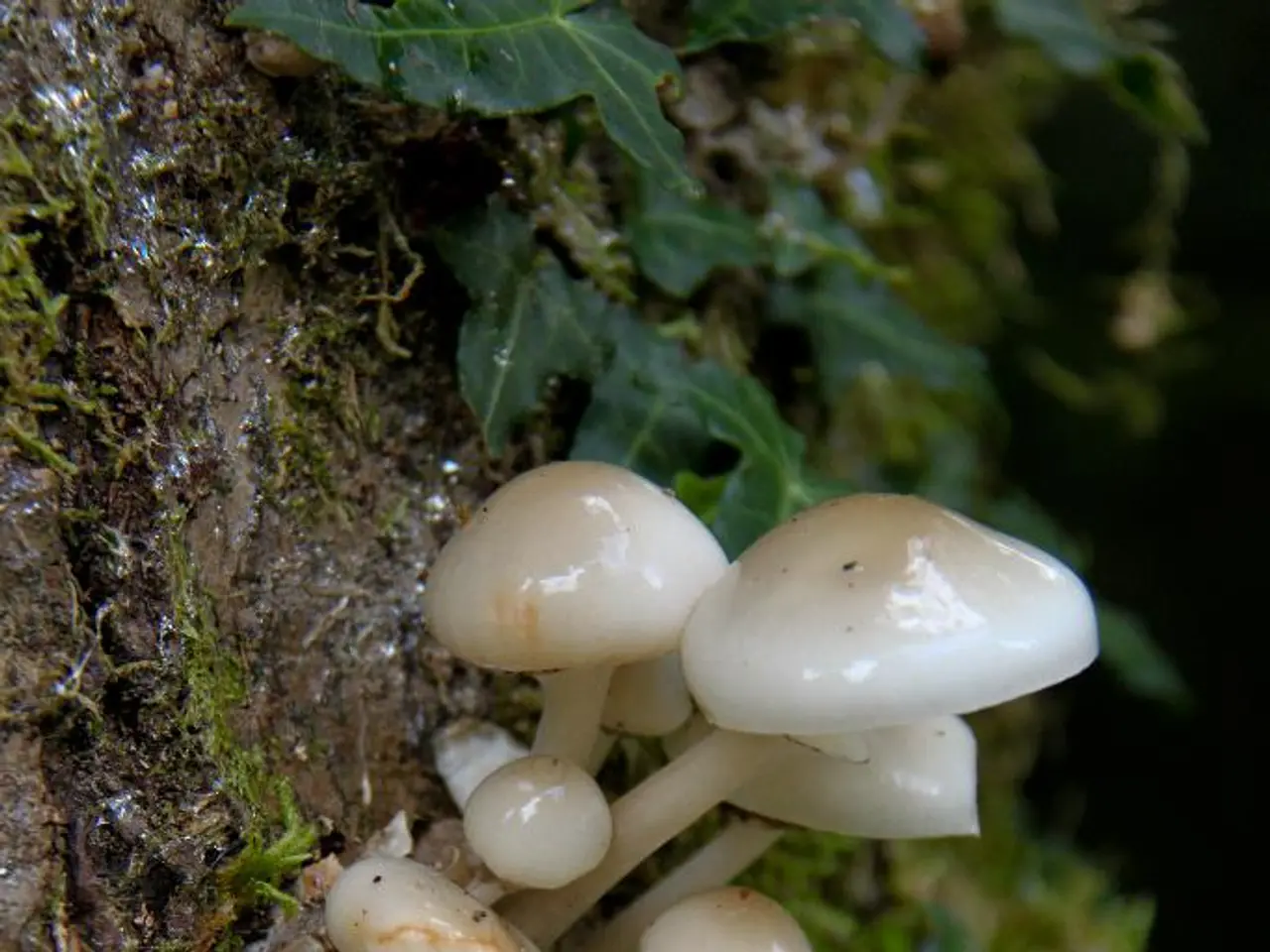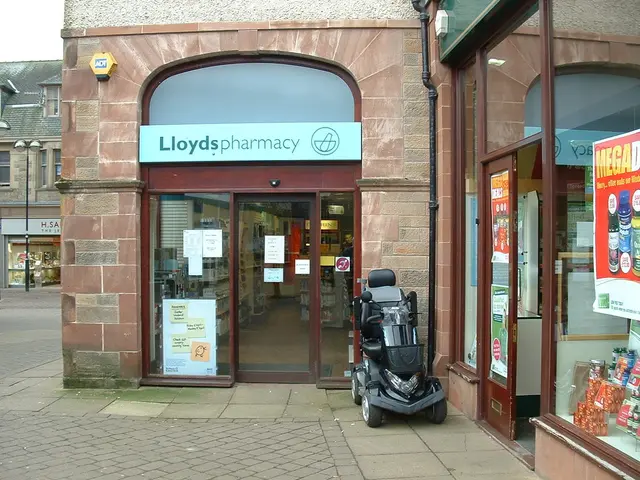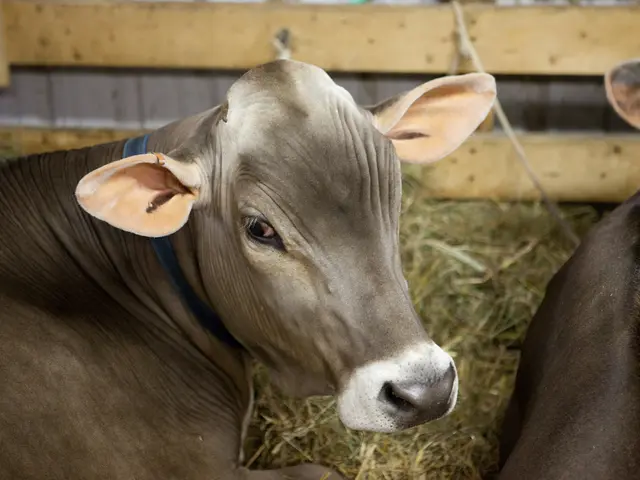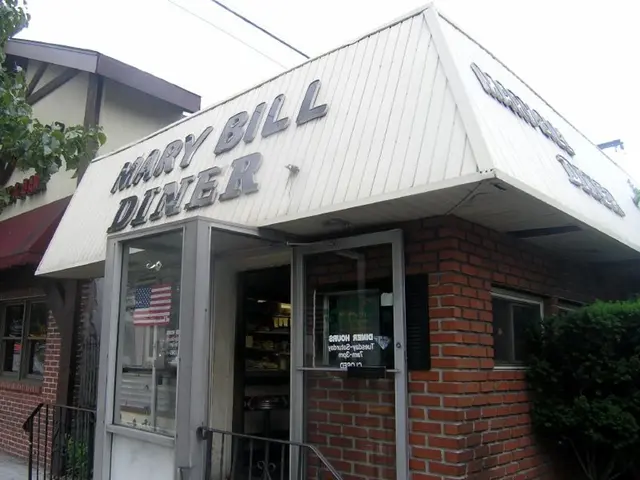Nurturing Permafungi Cultivation: An Organic Handbook for Fungi Farming
In the world of sustainable agriculture, fungi play a pivotal role in the practice known as permaculture. These microscopic organisms are key to composting, breaking down complex materials like woody materials and speeding up decomposition.
Fungal composting thrives on a diverse feedstock, a mix of brown and green materials, and maintaining optimal moisture levels (40-60% wet) is crucial for this process. However, common challenges in permaculture mycology include contamination, maintaining proper moisture levels, and dealing with extreme temperatures or drought.
To overcome these challenges, solutions include maintaining cleanliness, using appropriate substrates, implementing sterilization techniques, employing mulching, water harvesting systems, and strategic watering practices. Site selection and preparation methods, such as setting up shade, using organic mulch, and building raised beds, also help create better mushroom growing conditions.
Fungal inoculation strategies, like using spawn plugs, layering inoculation material, and adding mycorrhizal inoculants when planting trees and shrubs, are essential for building mycorrhizal networks. These networks, created by forming good relationships with plants, help them get nutrients and water more efficiently, making plants healthier and less prone to diseases.
Mycorrhizal fungi are not just beneficial for plant health, but they also play a significant role in pest and disease management. Some fungi, like Beauveria bassiana and Cordyceps fumosorosea, are effective at controlling pests, while fungi like King Stropharia can help start decomposition and grow a fungal community.
The future of permaculture mycology is promising, with potential to fight climate change and make sustainable materials. Practical examples of successful Permaculture Mycology projects include integrating mycelium to improve soil health and plant growth, using myco-informed land design, and combining mushroom cultivation with permaculture principles for regenerative agriculture.
Examples like a visionary client who implemented mycology-informed permaculture design on 10 acres of land to enhance green cover and ecosystem health, gardeners who apply mycelium directly to the soil to boost plant health, and practitioners who explore mobile chicken coops and wildlife integration alongside mycology, all demonstrate the use of fungi as key ecosystem engineers in permaculture.
Products like BotaniGard 22WP and Mycotal use these fungi to protect crops, while case studies highlight the benefits of permaculture mycology, such as Paul Stamets' work on using fungi to clean up the environment and Buttons Testa's urban mushroom growing in Melbourne.
Permaculture mycology follows three main ethics: caring for the earth, people, and fair sharing. By embracing these principles, we can create sustainable land management systems that harness the power of fungi to improve soil life, fertility, and plant resilience.
Read also:
- Water Chemistry Dosage Guidance from AskBRS: Understanding What, How Much, and When to Add!
- Experimenting with a TikTok weighted vest strategy transformed my functional fitness journey, proving to be an effective approach.
- Exploring expansive environmental solutions: Delving into LPPI's latest Environmental Opportunities Fund
- Nutrient-Rich Bonsai Soil Mixtures Promote Robust Root Expansion for Thriving Bonsai Trees








